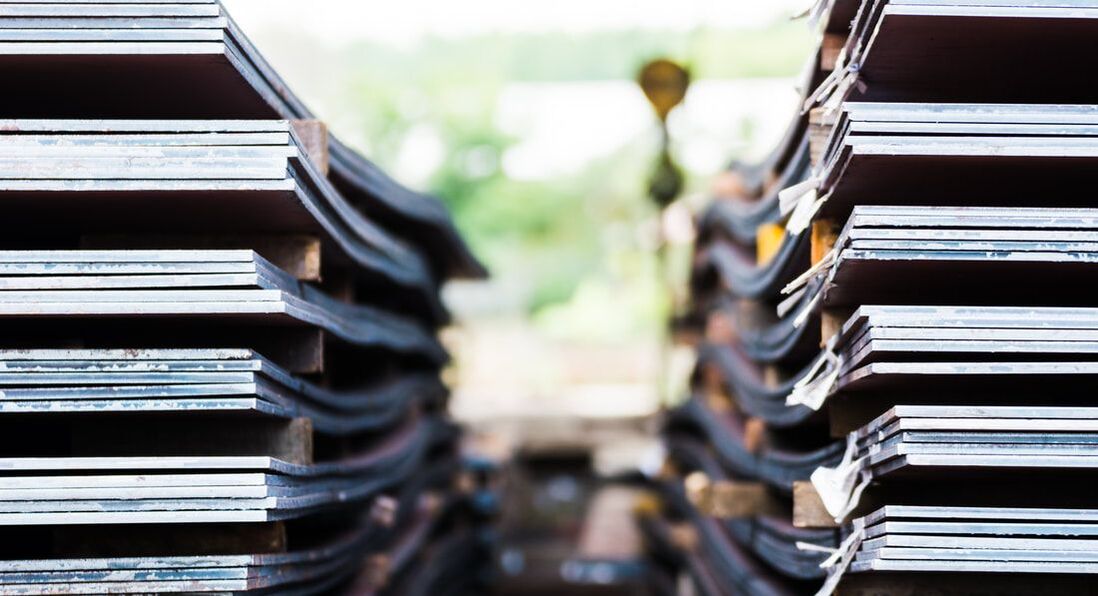All steel is the same, right?
March 6, 2023
By American Torch Tip, Co. for the Blue Print
By American Torch Tip, Co. for the Blue Print
|
When purchasing material, it’s hard not to get ‘sticker shock.’ Costs have more than doubled on most types and grades over the past year. With those increases comes the need to understand exactly what you are buying so you can make an educated selection of the best material for your application at the lowest cost. When buying mild steel plate, there are two common varieties for you to choose from, and the devil is in the details.
Hot Rolled (HR A36, HR A1011, HR A1018, etc.) Steel becomes more malleable when heated. To manufacture hot rolled steel plate, a billet is heated in a furnace at a temperature of about 1,700° F then fed into giant rollers which impart thousands of tons of pressure to form the material with a fair degree of accuracy. It is passed through the rollers multiple times until the desired dimensions are achieved. After forming, the plate cools and the shape is set. Because steel shrinks as it cools, the final dimensions of hot rolled steel are not as precise as the cold rolled variety. Hot rolled steel plate will typically have the following characteristics:
Because it costs less to process, hot rolled steel is typically less expensive to buy. For non-critical applications, the cost savings might be an acceptable tradeoff for dimensional imperfections and a rough finish. If your finished product needs to have a high degree of dimensional accuracy and a smooth finish, plan to spend more time fabricating hot rolled material to achieve your desired results. Hot rolled steel is also often offered in a “pickled & oiled” or “P&O” variety, which has been picked in acid to remove mill scale, then oiled to prevent rust. Cold Rolled (A653, A879 CQ, A1008, etc.) Cold-rolled steel starts off as hot-rolled steel. After cooling, the hot rolled steel is then annealed or tempered. The cold rolling process improves dimensional accuracy and produces a better surface finish. Cold rolling also increases the strength of the material up to 20%. This allows cold-rolled steel to be used in applications which require a greater degree of precision and hardness with increased wear resistance and lower likelihood of deformity. Cold-rolled steel will also require less work to achieve a paint-ready surface finish. Cold-rolled steel will be:
Expect to pay about twice as much for cold-rolled steel, but you’ll be getting a better product for your money that will require less fabrication time to produce a finished product.
Content originally from American Torch Tip, Co. Reused here with permission. Vertical Divider
|
|


